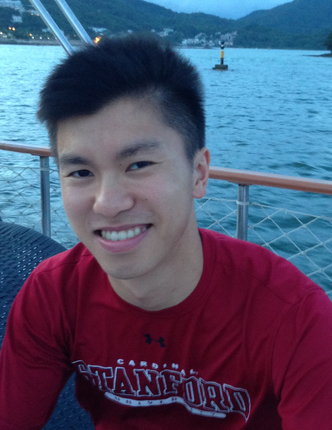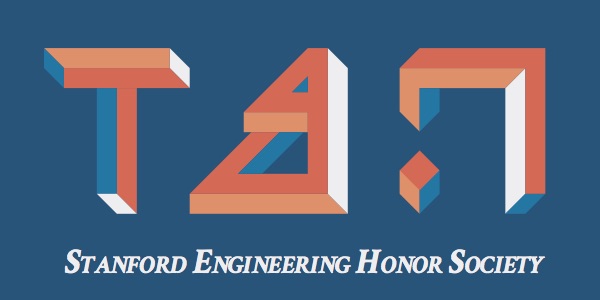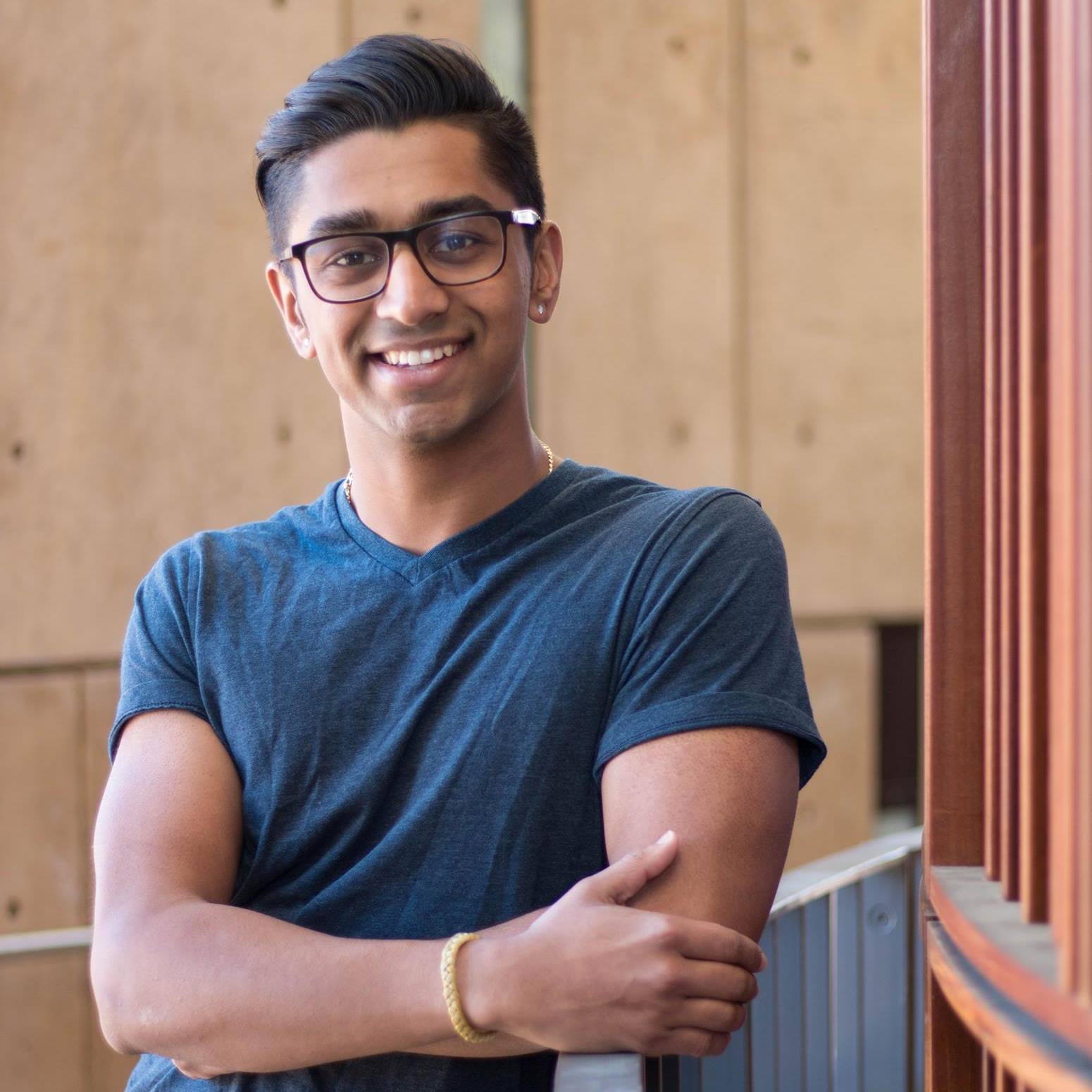My junior year, I stumbled upon the Global Engineering Program. I hadn’t heard of the program until I received an email the day before the application due date, but I was immediately excited. In addition to international internships, the Global Engineering Program organizes Summer Engineering and Technology Study Tours (SETS), two-week trips to international cities with growing technology sectors.
I went on the 2015 SETS India trip and traveled to Bangalore, India’s IT hub, and New Delhi, India’s capital. We met with Stanford alumni starting tech companies, venture capitalists, entrepreneurs in the emerging space industry, NGOs, government officials, and universities.
I was initially interested in the program because I had collaborated with coworkers in Bangalore while an intern one summer, but the other team had been shut down halfway through the summer. I was startled by the needless redundancy and lack of structure for communication between the US and India campuses. I knew that India was a major center for global tech companies like Microsoft and Intel but I had little knowledge outside of the big names.
On our trip, we learned about increasing numbers of homegrown startups, including many Stanford alumni who had moved to India explicitly to start companies. The VC scene had also skyrocketed, with e-commerce startups floating well on the pools of venture capital money now flooding into Bangalore. People are recognizing the opportunity of India as the world’s second largest market.
Many hosts mentioned how the innovations that Indian companies have made to succeed are often different from the typical innovations we see in US companies. For example, Amazon.com has tried to establish operations in India for years but struggled for confounding reasons. However, taking a look at the history of e-commerce in India, there was little established trust in phone catalog ordering or paying before a product was delivered. Flipkart, “The Online Megastore,” adopted the Cash on Delivery model. Payment on delivery is seemingly simple, but operationally complex. What do you do when the customer isn’t available when you deliver, for example? Who sinks those costs of a customer who isn’t there at delivery?
A continuous theme, however, was the awareness of Chinese companies looming over and slowly encroaching into India. A VC firm we visited had lost an investment in an Uber-like company, because the company’s rival had received 10 times the funding from a Chinese VC firm. They simply couldn’t compete.
I learned a lot from the SETS trip and would 10/10 recommend to any student. The SETS trips rotate locations each year, so this year they’re doing China and South Africa SETS trips, as well as internships and service trips that you can check out at:
http://engineering.stanford.edu/portals/student/global-engineering-programs


